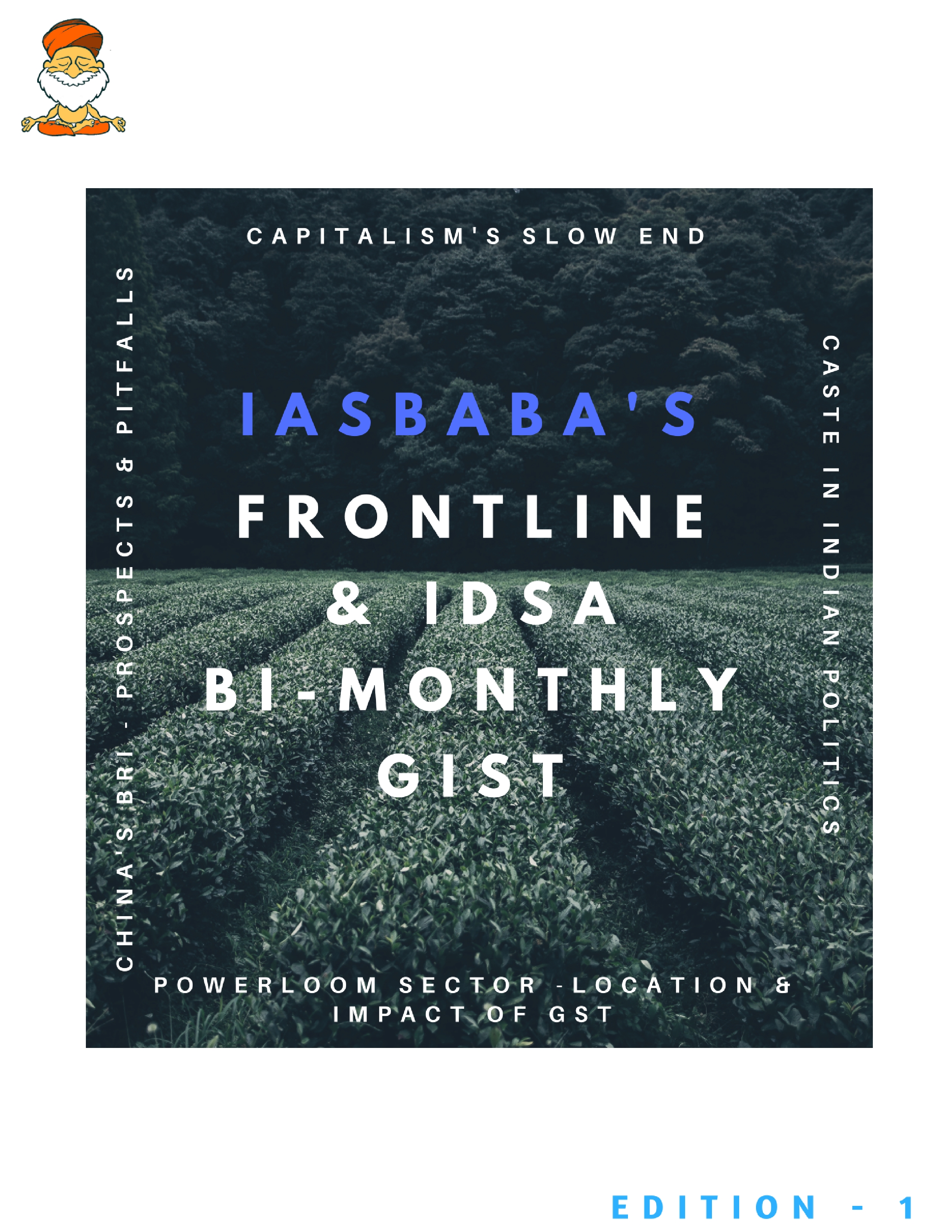All India Radio
Cooperative Movement in India
Search 20th September2017 http://www.newsonair.com/Main_Audio_Bulletins_Search.aspx
TOPIC:
General Studies 1
- Social empowerment
General Studies 2
- Welfare schemes for vulnerable sections of the population by the Centre and States and the performance of these schemes
- Development processes and the development industry the role of NGOs, SHGs, various groups and associations, donors, charities, institutional and other stakeholders
Background
The cooperative movement in India owes its origin to agriculture and allied sectors. Towards the end of the 19th century, the problems of rural indebtedness and the consequent conditions of farmers created an environment for the chit funds and cooperative societies. The farmers generally found the cooperative movement an attractive mechanism for pooling their meagre resources for solving common problems relating to credit, supplies of inputs and marketing of agricultural produce. The experience gained in the working of cooperatives led to the enactment of Cooperative Credit Societies Act, 1904.
Under the Montague-Chelmsford Reforms of 1919, cooperation became a provincial subject and the provinces were authorised to make their own cooperative laws. Under the Government of India Act, 1935, cooperatives were treated as a provincial subject.
In the Constitution of India, ‘Cooperative Societies’ is a State Subject under entry No.32 of the State List.
At present
As India has a rich history of cooperative movement, after independence, cooperatives assumed a great significance in poverty removal and faster socio-economic growth. Cooperatives were an integral part of the Five Year Plans. There was green revolution where India got self sufficiency in food grain production. In late 1960s there was white revolution and national dairy development board was established which created the trusted and indigenous brand of AMUL.
An important leader in the cooperative movement was Lakshman rao inamdar who made cooperatives an important part of people’s lives in Gujarat and Maharashtra.
PM recently spoke about challenges for those involved in cooperative movement. Though there is success in milk and food grain production, but there is need to go into new areas. Few states have attempted new areas such as sugarcane production is through cooperatives in Maharashtra and In Gujarat, there is knowledge revolution where children of 1st to 12th standard have got computer access through cooperatives.
Scope and future of cooperative movement
The cooperative movement has been till now limited to agriculture and its allied sectors. In rural areas, there are many landless and agriculture as occupation. Either they will be agricultural labour or resort to allied activities. In the time period, the agriculture as an occupation has also shrunk and land holding became less because of population exposure. Thus, it is important to make more and more rural people understand that agriculture is not the only source of income for rural people.
How to increase rural incomes?
The new aim of India is to increase farmers’ income by 2022 where 65% of population is dependent on agriculture. At the same time, 2/3rd of population is below 35 years, so a lot of people are joining the working age group every year. Hence, skilling the youth every year is also important. Government can’t do everything. The industry is based on demand and supply mechanism. So therefore the greater scope available for the cooperative is to provide meaningful and gainful opportunities to youth of rural and urban areas
As the GDP from agriculture is coming down and dependence of population on agriculture is coming down because of decreasing income from agriculture, now is the time for rural areas to either have mechanisation in the agricultural tasks they do to increase efficiency and hereby increase income or skill youth to earn their own livelihood.
Education, skill development and cooperatives can play a role in increasing income of rural people.
Cooperatives are lagging behind
The future of cooperative movement is bright but it has to be handled with care. Deformities in cooperative movement have been found with regards to Chit fund scam in west Bengal, Odisha and Bihar. Due to such incidences, the trust of cooperative institutions have gone down, particularly in finances.
Also, the movement has not spread to the northern states because of a cultural deficiency. In south it is popular as they don’t have sources and assets. In north they have sources such as land and assets which prefer them to work independently.
Other areas of cooperatives
- Papad making business and masala making business by rural women has become successful.
- Neem coated with urea can have cooperative platform.
- Bee keeping doesn’t require agriculture land which can promote cooperative development. There is a huge market for honey as well as beewax
- Sericulture
- Sea weed culture in coastal areas where the produce can be utilised in pharma sector
Conclusion
The new areas are emerging with the advancement of technology. For example, there is Israeli technology in agriculture which requires skilled labour. Hence, Skill development centres can be run by cooperative societies in rural areas.
To check irregularities in cooperatives, there have to be rules and stricter implementation.
There should be market linkages for agricultural farmers as well as cooperative societies. The main issue is that they are not getting the market which doesn’t encourage cooperative development.
In the end, the first principle of the cooperative movement is to unite everyone, even while remaining anonymous. The cooperative movement has the capacity to solve people’s problems.
Connecting the dots:
- Describe the importance of cooperatives Indian economy.












